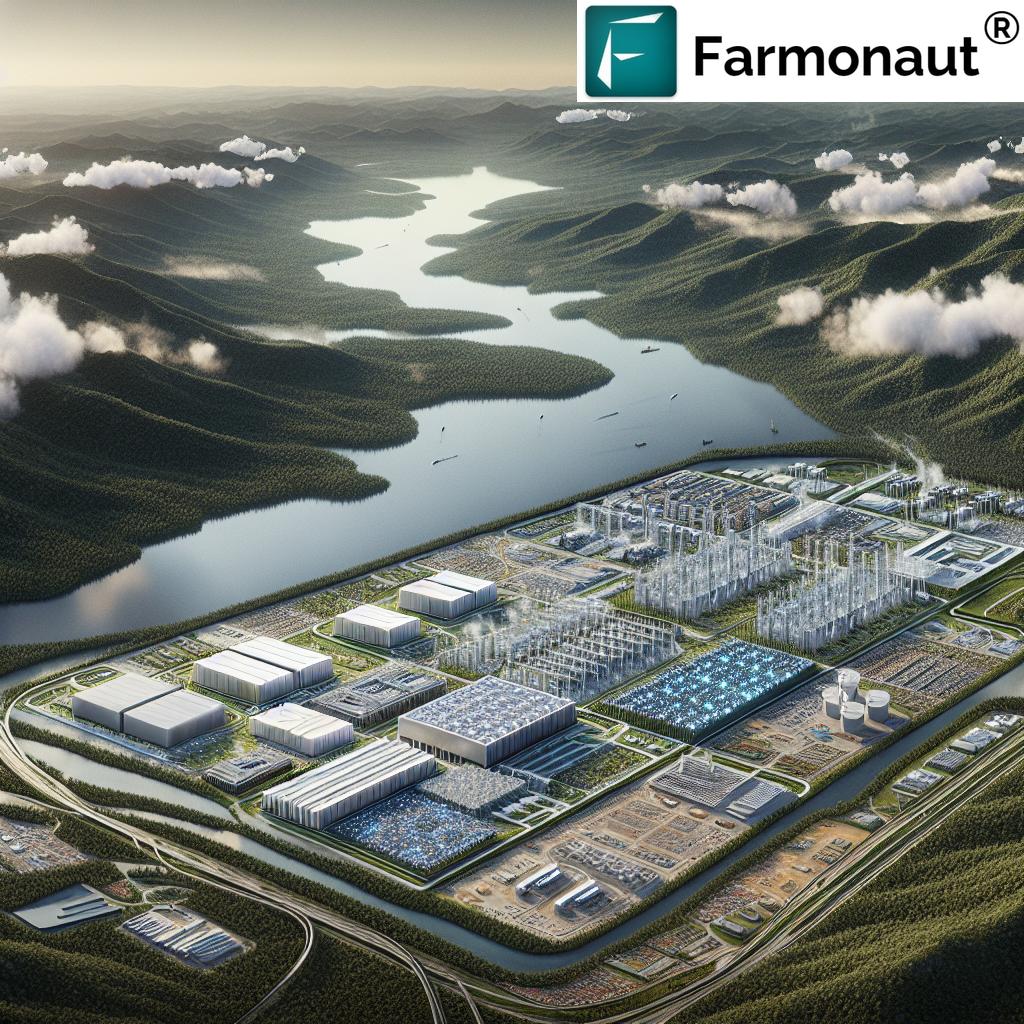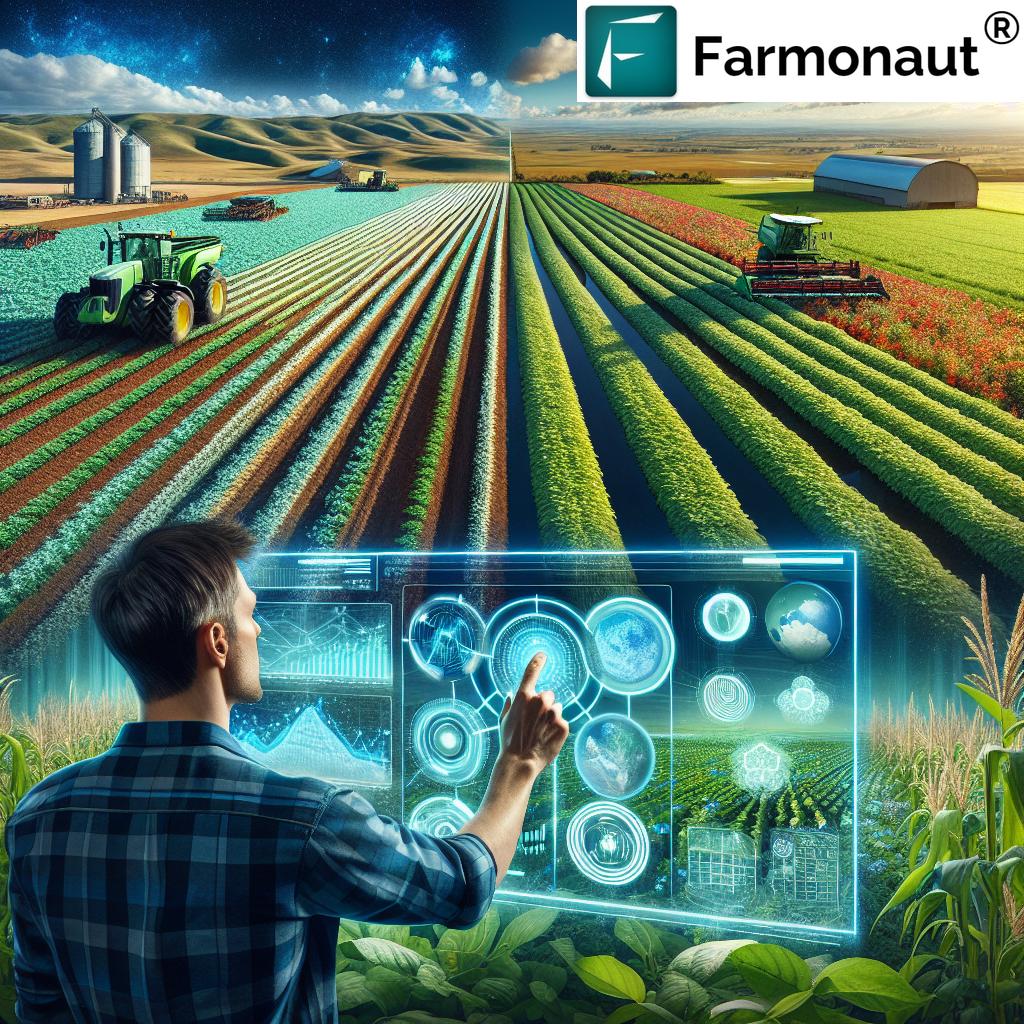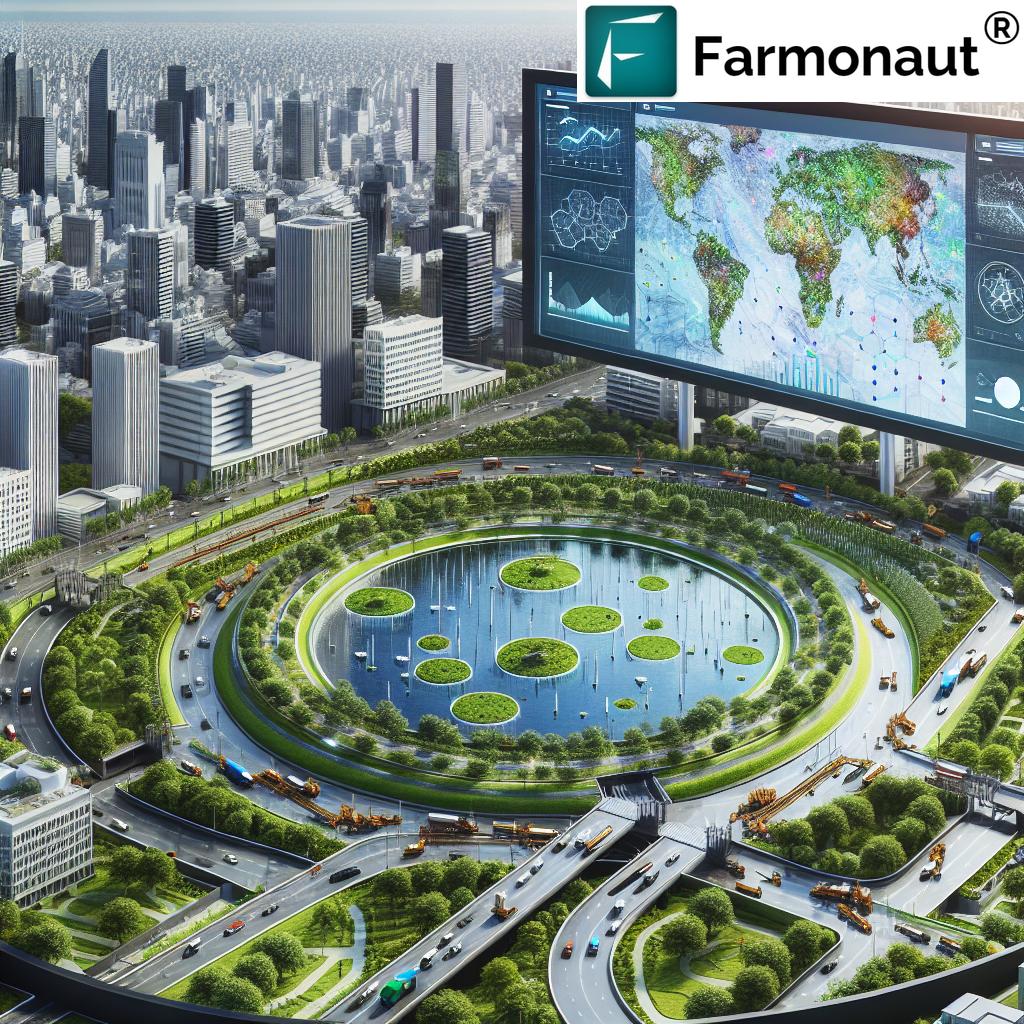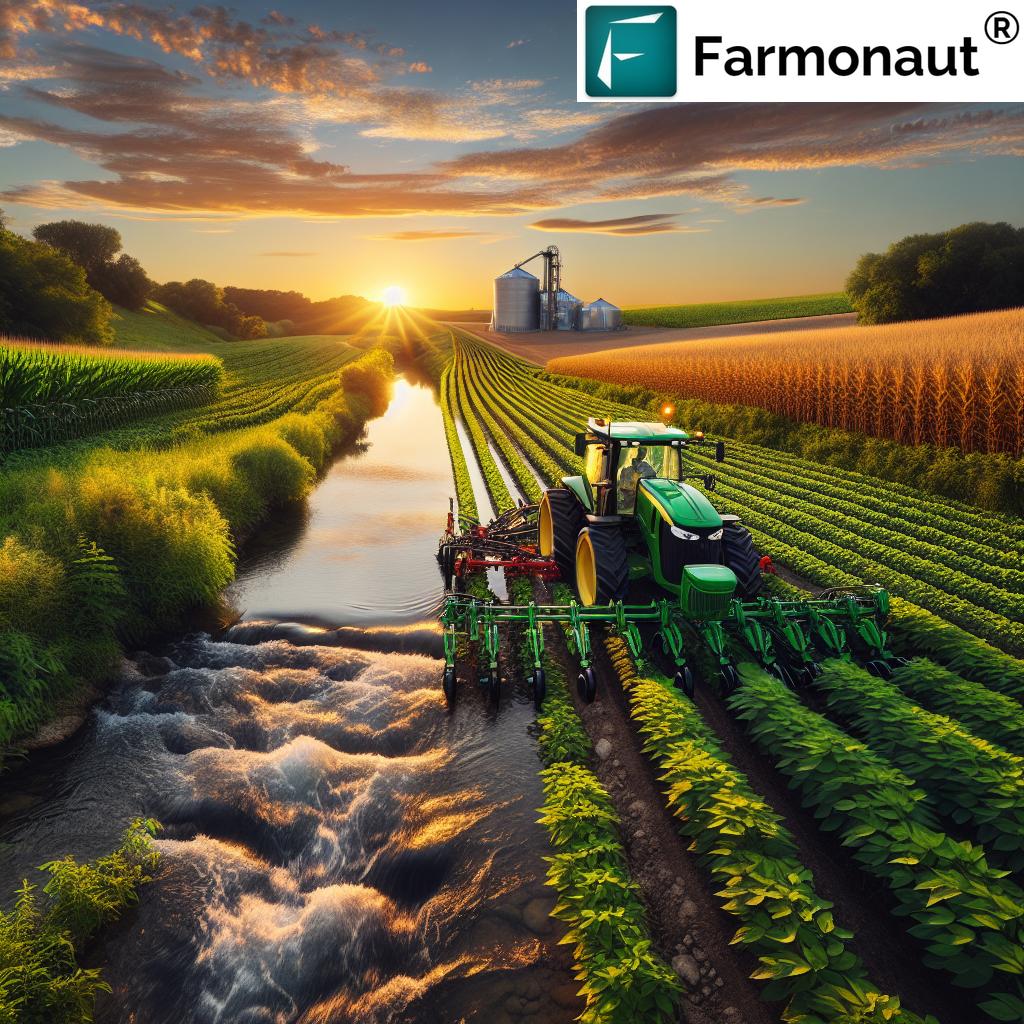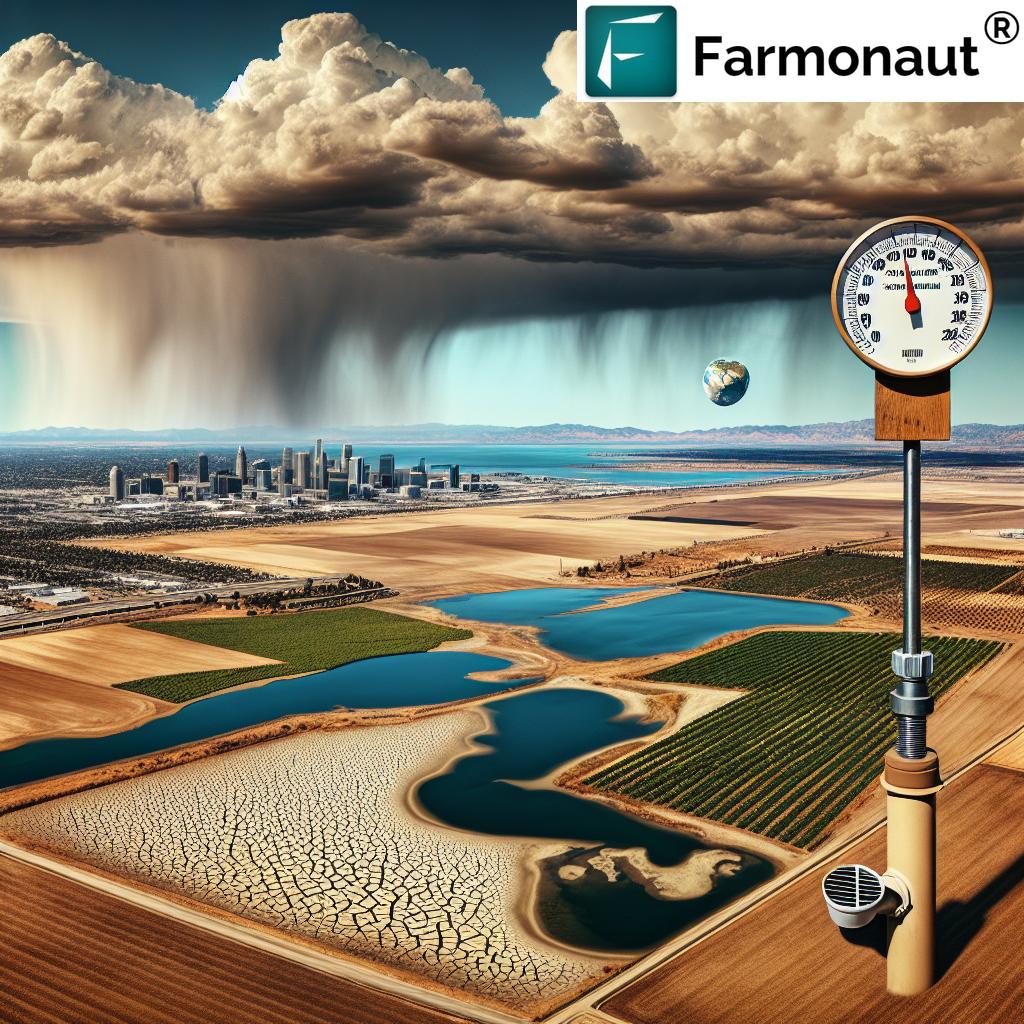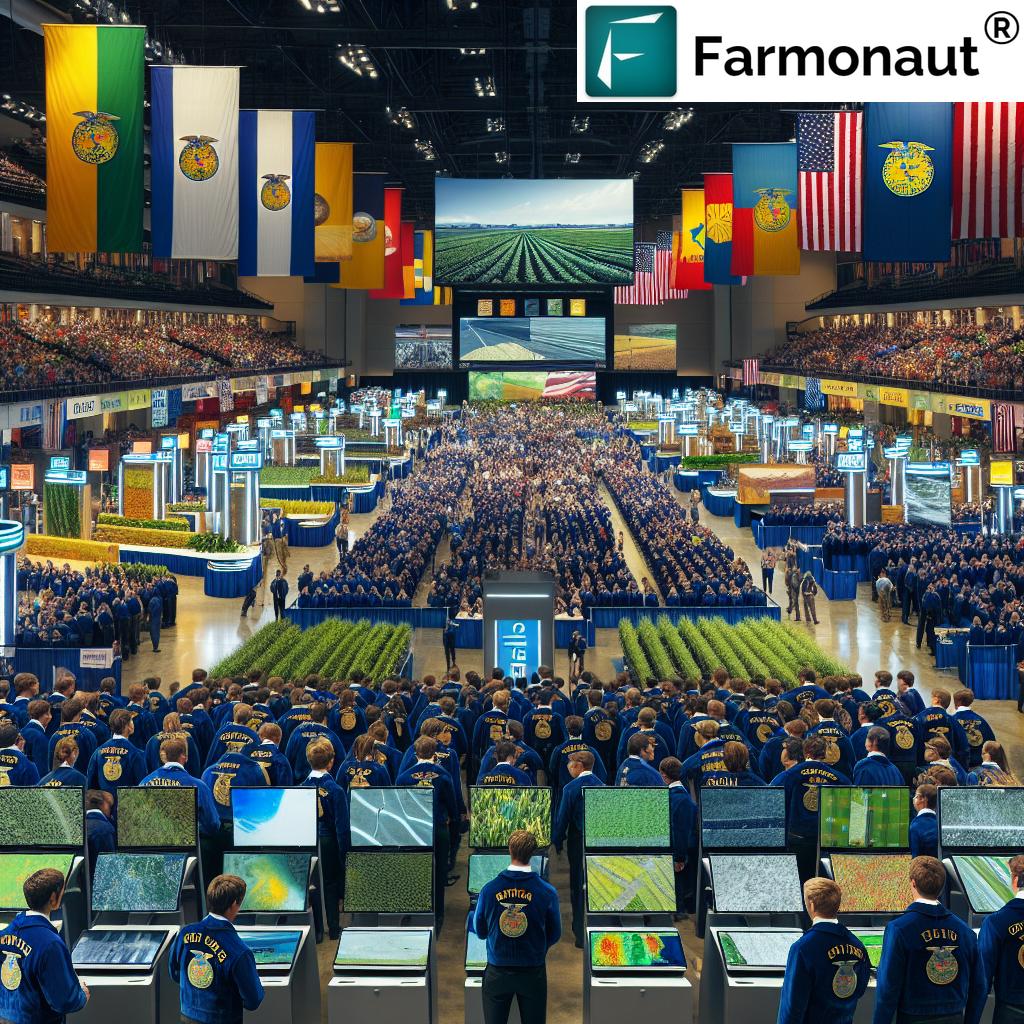Revolutionizing Indiana’s Greenhouses: 2024 Trends in Sustainable Automation and Energy-Efficient Crop Management
“In 2024, Indiana greenhouses are projected to reduce energy consumption by up to 30% through innovative compost heat recovery systems.”
Welcome to our comprehensive guide on the cutting-edge trends shaping Indiana’s greenhouse industry in 2024. As we delve into the world of sustainable greenhouse practices and innovative agricultural techniques, we’ll explore how growers are leveraging digital solutions and environmental control systems to optimize crop management and boost productivity. From energy-efficient structures to advanced automation technologies, we’ll uncover the transformative changes revolutionizing horticulture in the Hoosier State.
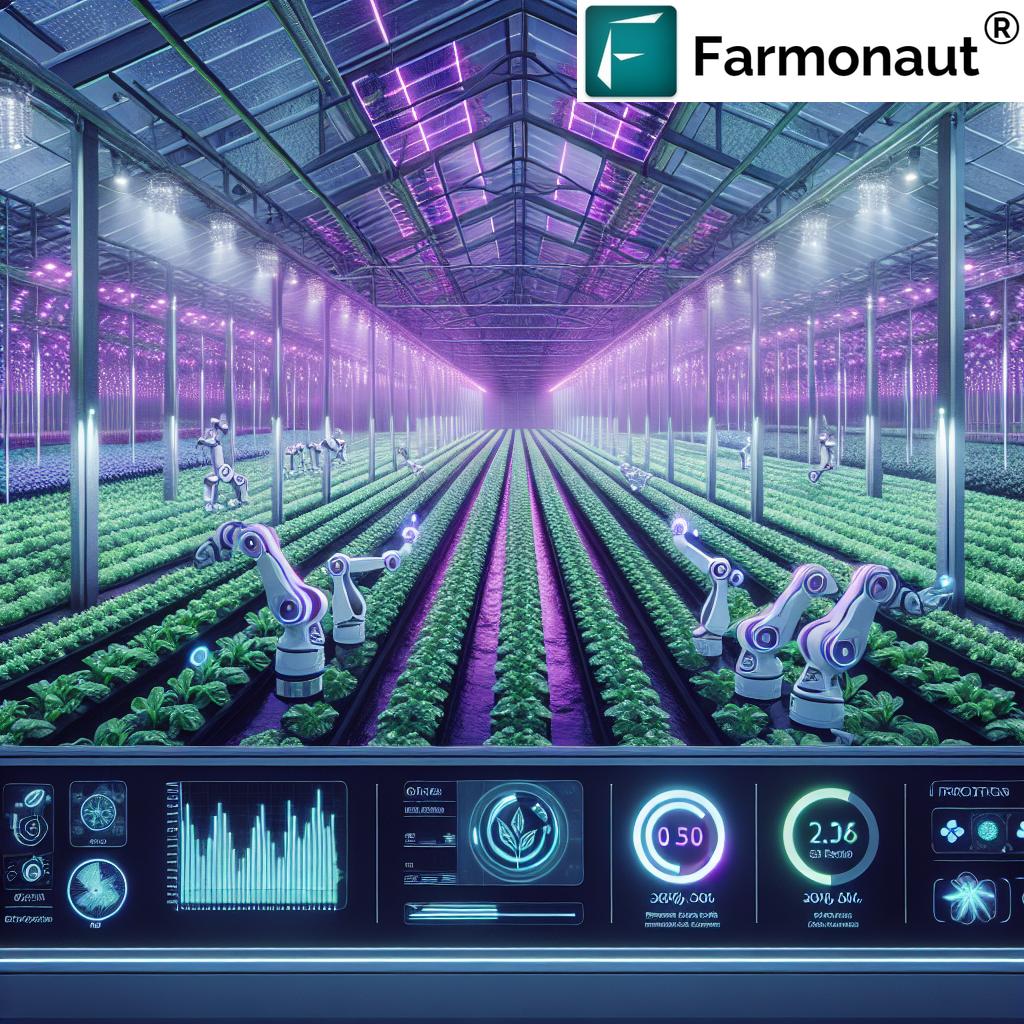
The Rise of Sustainable Greenhouse Practices
In 2024, Indiana’s greenhouse industry is at the forefront of adopting sustainable practices that not only reduce environmental impact but also improve operational efficiency. Let’s explore some of the key trends:
- Energy-Efficient Structures: Greenhouse designs now incorporate advanced materials and smart architectural elements to maximize natural light and minimize heat loss.
- Alternative Fuels: Many growers are transitioning to renewable energy sources, such as solar and wind power, to reduce reliance on fossil fuels.
- Compost Heat Recovery Systems: This innovative technology harnesses the heat generated by composting processes to warm greenhouses, significantly reducing energy costs.
These sustainable practices are not just good for the environment; they’re also proving to be economically beneficial for growers. By reducing energy inputs and optimizing resource use, Indiana’s greenhouse operators are seeing substantial improvements in their bottom line.
Automation Technologies Transforming Crop Management
Automation is revolutionizing the way crops are managed in Indiana’s greenhouses. Here are some of the most impactful technologies:
- Environmental Control Systems: Advanced sensors and AI-driven climate control systems maintain optimal growing conditions 24/7.
- Robotic Harvesters: Automated picking systems are increasing efficiency and reducing labor costs in vegetable and flower production.
- Drone Technology: UAVs equipped with multispectral cameras provide detailed crop health assessments, enabling precise interventions.
These automation solutions are not only increasing productivity but also addressing the ongoing challenge of labor shortages in the agricultural sector.
Digital Solutions for Smart Greenhouse Management
Digital technologies are playing a crucial role in modernizing greenhouse operations. Here’s how Indiana growers are leveraging these tools:
- IoT Sensors: Connected devices monitor everything from soil moisture to nutrient levels, providing real-time data to growers.
- AI-Powered Analytics: Machine learning algorithms analyze vast amounts of data to predict crop yields, pest outbreaks, and optimal harvest times.
- Mobile Apps: Greenhouse managers can now control and monitor their operations remotely through sophisticated mobile applications.
One such digital solution revolutionizing farm management is Farmonaut’s satellite-based platform. Growers can access real-time crop health monitoring, AI-based advisory systems, and resource management tools through their web app, Android app, or iOS app.



Innovative Agricultural Techniques
Indiana’s greenhouse industry is embracing cutting-edge growing methods to maximize yields and quality:
- Vertical Farming: Multi-level growing systems are increasing production capacity within limited greenhouse spaces.
- Hydroponics and Aeroponics: Soil-less growing techniques are gaining popularity for their water efficiency and precise nutrient control.
- LED Lighting Solutions: Customized light spectrums are being used to optimize plant growth and manipulate flowering cycles.
These innovative techniques are enabling year-round production of high-value crops, including vegetables, flowers, and even cannabis, in controlled greenhouse environments.
“Advanced automation technologies in Indiana’s greenhouses are expected to increase crop yields by 25% in 2024.”
Energy-Efficient Greenhouses: The Future of Horticulture
Energy efficiency is a top priority for Indiana’s greenhouse operators in 2024. Here’s how they’re achieving significant reductions in energy consumption:
- Smart Glass: Electrochromic glass panels automatically adjust light transmission based on external conditions.
- Heat Curtains: Advanced thermal screens reduce nighttime heat loss and provide shade during peak sunlight hours.
- Geothermal Heating Systems: Some greenhouses are tapping into the earth’s stable temperatures to regulate climate control more efficiently.
These energy-saving measures not only reduce operational costs but also contribute to the industry’s overall sustainability goals.
Inter-Regional Partnerships Boosting Agricultural Trade
Indiana’s greenhouse industry is strengthening its position through strategic partnerships:
- Knowledge Exchange: Collaborations with leading horticultural regions like Leamington, Ontario, are fostering innovation sharing.
- Supply Chain Optimization: Partnerships between Indiana growers and buyers in major urban centers like Chicago are streamlining distribution.
- Research Collaborations: Joint projects with institutions in agricultural hubs like Manitoba are advancing crop science.
These partnerships are not only enhancing trade but also driving technological advancements in the greenhouse sector.
Reducing Food Waste in Modern Greenhouses
Addressing food waste is a critical focus for Indiana’s greenhouse industry in 2024:
- Precision Harvesting: AI-powered systems determine optimal harvest times to reduce spoilage.
- Improved Packaging: Innovative packaging solutions extend the shelf life of greenhouse produce.
- Circular Economy Initiatives: Unsold produce is being repurposed for compost or alternative products, minimizing waste.
These efforts are not only environmentally responsible but also contribute to improved profitability for greenhouse operations.
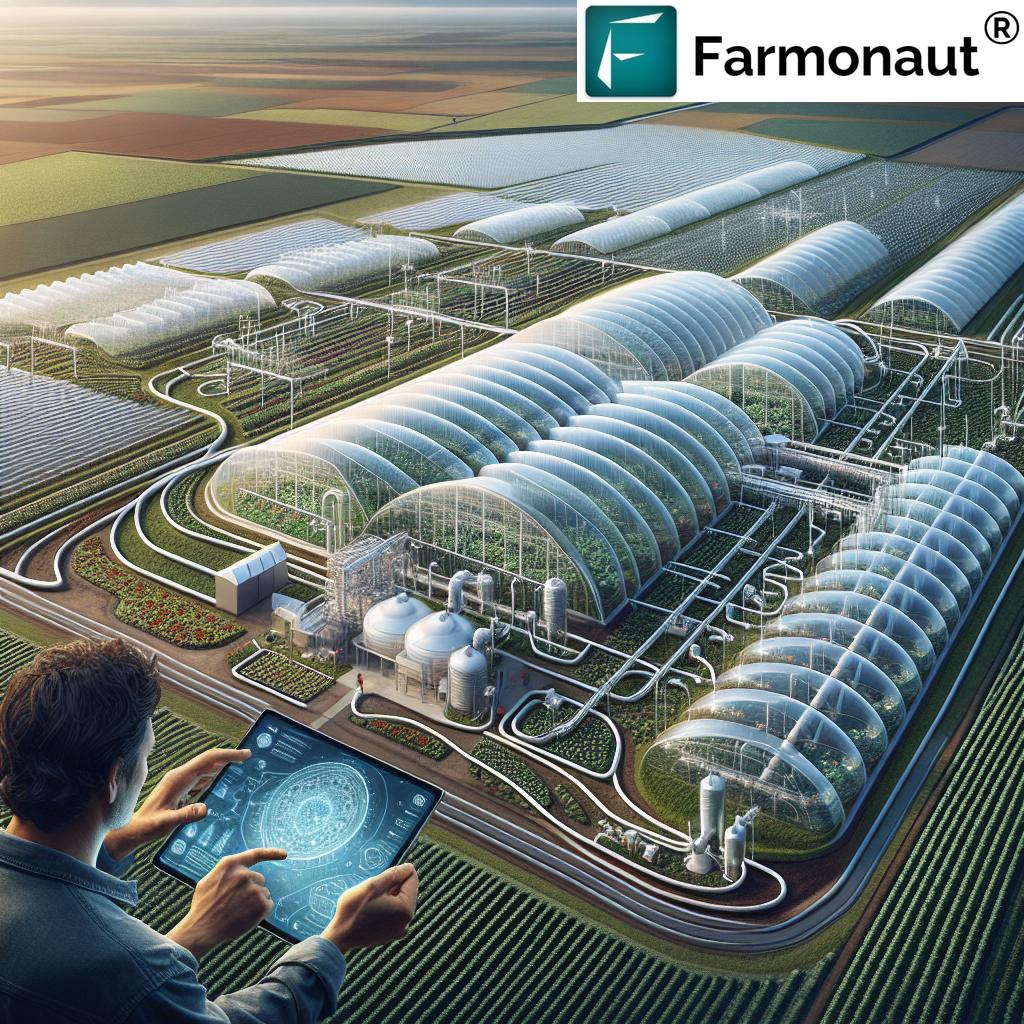
Implementing Biocontrols in Greenhouse Environments
Biocontrols are becoming increasingly important in Indiana’s greenhouses:
- Beneficial Insects: Predatory mites and parasitic wasps are being used to control pest populations naturally.
- Microbial Solutions: Beneficial bacteria and fungi are employed to enhance plant resistance to diseases.
- Biopesticides: Plant-derived and microbial pesticides are replacing synthetic chemicals in many operations.
These biocontrol strategies are helping growers meet the rising demand for organic and pesticide-free produce.
Advanced Irrigation Systems for Water Conservation
Water management is crucial in greenhouse operations, and Indiana growers are adopting sophisticated irrigation technologies:
- Precision Drip Systems: Computerized drip irrigation delivers water and nutrients directly to plant roots, minimizing waste.
- Rainwater Harvesting: Large-scale collection systems capture and filter rainwater for greenhouse use.
- Water Recycling: Advanced filtration and UV sterilization allow for the safe reuse of irrigation water.
These water-saving techniques are essential for sustainable greenhouse operations, especially in regions facing water scarcity challenges.
High-Tech Lighting Solutions for Optimal Plant Growth
Lighting technology is evolving rapidly in the greenhouse industry:
- Spectrum-Specific LEDs: Customizable light spectrums promote specific plant responses, from vegetative growth to flowering.
- Dynamic Lighting Systems: AI-controlled lighting adjusts intensity and duration based on plant needs and external light conditions.
- Intra-Canopy Lighting: Innovative designs place lights within the plant canopy for more uniform illumination.
These advanced lighting solutions are enabling growers to fine-tune their production cycles and improve crop quality year-round.
The Role of Data Analytics in Greenhouse Management
Data-driven decision-making is transforming greenhouse operations in Indiana:
- Predictive Analytics: AI models forecast crop yields, market demands, and potential issues before they arise.
- Performance Benchmarking: Growers can compare their metrics against industry standards to identify areas for improvement.
- Resource Optimization: Data analysis helps in fine-tuning resource allocation, from energy use to labor management.
Platforms like Farmonaut are at the forefront of this data revolution, offering growers powerful analytics tools through their web and mobile applications. For developers looking to integrate these capabilities into their own systems, Farmonaut also provides a robust API with comprehensive documentation.
Emerging Trends in Greenhouse Structures and Equipment
The physical infrastructure of greenhouses is evolving to meet new challenges:
- Modular Designs: Flexible, expandable greenhouse structures allow for easy scaling of operations.
- High-Performance Coverings: New materials offer improved light transmission and insulation properties.
- Automated Material Handling: Robotic systems for transplanting, sorting, and packaging are becoming more common.
These advancements in greenhouse structures and equipment are enabling growers to operate more efficiently and adapt quickly to changing market demands.
2024 Greenhouse Automation and Sustainability Trends
| Trend Category | Technology/Practice | Sustainability Impact | Productivity Boost | Adoption Rate |
|---|---|---|---|---|
| Energy Efficiency | Smart Glass & Heat Curtains | High | 15-20% | 40-50% |
| Automation | AI-Driven Climate Control | Medium | 20-25% | 60-70% |
| Digital Solutions | IoT Sensors & Analytics | Medium | 25-30% | 70-80% |
| Alternative Energy | Solar & Wind Integration | High | 10-15% | 30-40% |
| Waste Reduction | Precision Harvesting | High | 15-20% | 50-60% |
| Crop Protection | Biocontrols & IPM | High | 10-15% | 60-70% |
| Water Management | Precision Drip Irrigation | High | 20-25% | 80-90% |
| Lighting | Spectrum-Specific LEDs | Medium | 25-30% | 70-80% |
The Future of Indiana’s Greenhouse Industry
As we look ahead, the future of Indiana’s greenhouse industry is bright and full of potential. The trends we’ve explored in this article are just the beginning of a larger transformation in controlled environment agriculture. We anticipate continued advancements in:
- AI and Machine Learning: Further integration of artificial intelligence in all aspects of greenhouse management.
- Sustainable Energy Solutions: Increased adoption of renewable energy sources and energy-efficient technologies.
- Precision Agriculture: More precise control over growing conditions, leading to higher yields and better quality crops.
- Consumer-Driven Innovation: Development of new varieties and growing methods to meet changing consumer preferences.
The greenhouse industry in Indiana is poised to play a significant role in addressing global food security challenges while maintaining a strong commitment to sustainability and innovation.
Conclusion
The greenhouse industry in Indiana is undergoing a remarkable transformation, driven by sustainable practices, cutting-edge automation, and innovative agricultural techniques. From energy-efficient structures to advanced crop management systems, these trends are reshaping the way we grow food and ornamental plants in controlled environments.
As we move further into 2024, it’s clear that the integration of digital technologies, sustainable practices, and data-driven decision-making will continue to propel the industry forward. Growers who embrace these innovations will be well-positioned to meet the challenges of increasing food demand, climate change, and resource conservation.
By staying informed about these trends and adopting new technologies, Indiana’s greenhouse operators can ensure they remain at the forefront of the agricultural revolution, producing high-quality crops efficiently and sustainably for years to come.
FAQ Section
Q: What are the main benefits of automated greenhouse systems?
A: Automated greenhouse systems offer several benefits, including increased productivity, reduced labor costs, improved resource efficiency, and more precise control over growing conditions. They allow for 24/7 monitoring and adjustment of factors like temperature, humidity, and irrigation, leading to optimized crop growth and higher yields.
Q: How are Indiana greenhouses addressing energy efficiency?
A: Indiana greenhouses are addressing energy efficiency through various means, including the use of energy-efficient structures, smart glass, heat curtains, LED lighting, and alternative energy sources like solar and wind power. Many are also implementing compost heat recovery systems to reduce overall energy consumption.
Q: What role does AI play in modern greenhouse management?
A: AI plays a crucial role in modern greenhouse management by analyzing vast amounts of data to optimize growing conditions, predict crop yields, detect pests and diseases early, and automate various processes. It helps in making data-driven decisions that improve crop quality and quantity while reducing resource waste.
Q: How are greenhouses in Indiana reducing water usage?
A: Greenhouses in Indiana are reducing water usage through precision drip irrigation systems, rainwater harvesting, and water recycling technologies. These methods ensure that water is used more efficiently, with minimal waste and maximum benefit to the crops.
Q: What are some of the challenges facing the greenhouse industry in Indiana?
A: Some challenges facing the greenhouse industry in Indiana include labor shortages, rising energy costs, adapting to climate change, meeting increasing demand for locally grown produce, and staying competitive in a global market. However, many of these challenges are being addressed through technological innovations and sustainable practices.


